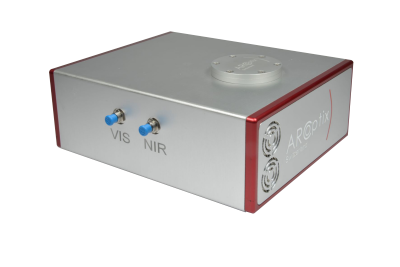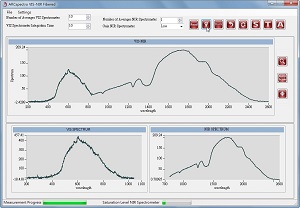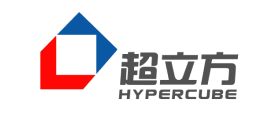ARCoptix VIS-NIR-FIB
Ultra-broadband spectral range: 350-2500 nm
The ARCoptix VIS-NIR-FIB is an ultra-broadband spectrometer designed for use with fibered probes over the complete VIS & NIR spectral range (350-2500nm). The system incorporates one Arcoptix FT-NIR Fourier-Transform scanning spectrometer (model FTNIR-L1-025-2TE) for the NIR range 900-2500 and one multichannel grating spectrometer for the VIS (350-1000nm). Both instruments are integrated in a single, portable housing that features two separate SMA inputs for the VIS and for the NIR ranges, matching the transmission ranges of high-OH and low-OH fibers. The software supplied with the spectrometer automatically merges the spectra produced by the 2 spectrometers.

Unlike most scanning spectrometers used for such applications that take several minutes for a complete scan, the VIS-NIR-FIB (350-2500nm) give a result within two seconds! The software can be customized on demand for specific colorimetric or other standard measurements. Please contact us for more information: info@arcoptix.com
Characteristics
- Ultra-broad spectral range: 350-2500nm
- Very good resolution(<1.5nm)
- Operation via optical fibers
- Fast measurements (down to 2 seconds)
- Very easy to use























